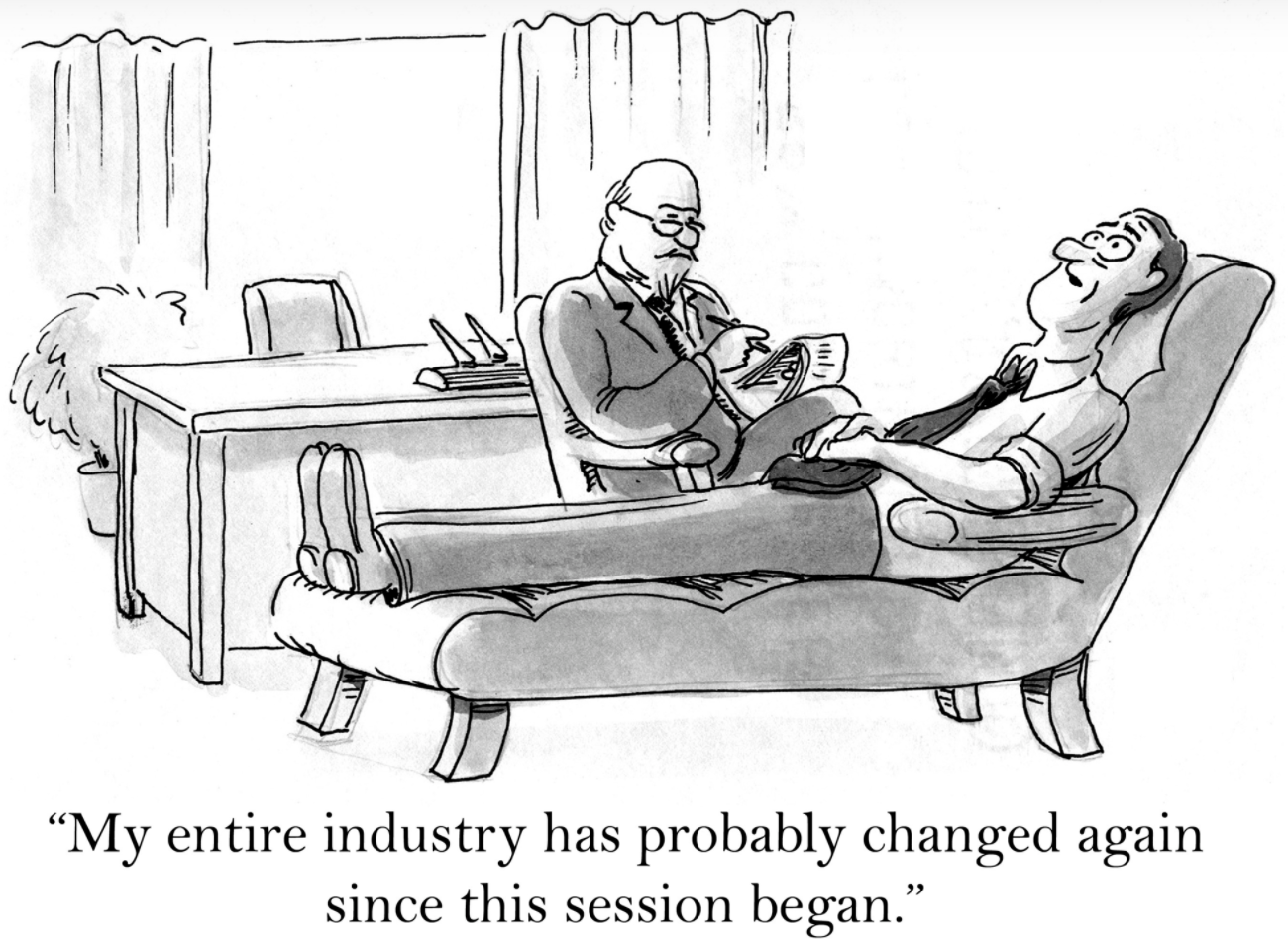In 2017, a large insurance carrier challenged our law firm to significantly reduce its legal spending and cycle times without any material uptick in indemnity costs or compromise to the quality of legal services. Last year, the carrier publicly reported that the program we jointly developed was responsible for closing 25% of the carrier’s claims litigation annually with an average reduction in legal costs of 49% on closed files, which has led to millions of dollars in cost savings to the carrier.
Over the past five years we have implemented, tested and refined numerous measures to deliver those results. Along the way, we have learned a lot about how a law firm can deliver more value to an insurance carrier and its policyholders. Here are three critical items that any carrier working with outside defense counsel should consider and discuss with counsel.
1. The Appropriate Staffing Model on Each Case
Typically, outside defense counsel will assign two attorneys—e.g., a partner (or partner-level attorney) and an associate—to each case. In fact, the litigation management guidelines for many carriers state that this is the expected or preferred staffing model. The conventional thinking is that the carrier does not want to pay a partner’s higher hourly rate for work that can be adequately performed by an associate. The problem is that, when two attorneys work on a case, there is invariably some duplication of effort. While the partner generally handles the more complex and strategically important tasks, both attorneys must review the pleadings, motions and discovery to remain informed. Further, the two attorneys must communicate closely. Two attorneys working the case means more overall attorney time, which translates to higher defense costs.
Carriers that employ staff counsel have figured this out. Carriers using a staff counsel model typically assign only one attorney to handle all aspects of each case.
Carriers that employ outside defense counsel would be well-served to consider the complexity of each assigned case and to work with counsel to identify those cases that can be staffed with only one attorney. Yes, that one attorney must be experienced, and, yes, that experienced attorney will handle basic tasks (e.g., direct oversight of drafting and responding to discovery, drafting and arguing simple motions) while billing at the partner rate. But, in our experience, the result is a meaningful reduction in average attorney fees per case.
See also: Time to Send Employees to Sleep?
2. Methods for Identifying and Pursuing Risk-Transfer Opportunities
What better way to reduce defense (and indemnity) costs and shorten cycle times than to convince another party or its insurer that it is obligated to defend and indemnify a policyholder who has been sued? Outside defense counsel who are truly committed to lowering a carrier’s defense costs should implement measures to systematically identify and aggressively pursue risk-transfer opportunities. “Systematically” is emphasized here for good reason. Counsel’s efforts to transfer risk should be structured and methodical in each case. Here are some steps outside counsel can take:
- Provide detailed training to all firm litigators on how to identify and pursue risk-transfer opportunities.
- Create a checklist of information and items to be obtained from the policyholder to facilitate a risk-transfer analysis (e.g., contracts with vendors and management companies, other insurance policies that may provide coverage, etc.). During the very first communication with the policyholder, ask that all such items be immediately gathered and provided, and keep asking until they are received.
- At the outset of each case, automatically assign the handling attorney the task of conducting a risk-transfer analysis and reporting the results to the carrier.
- Create robust templates (preferably using automated document assembly software, as described below) for tender demand letters.
- Develop a calendar with automatic reminders that prompt continual follow-up on tender demands until a response has been received.
- Keep metrics on the cases resolved through risk transfer and use the metrics for process and performance improvement.
Risk-transfer opportunities are the proverbial “low-hanging fruit.” Carriers should work with their panel counsel to ensure that they are systematically (there’s that word again) harvesting this fruit.
3. Time- and Cost-Saving Technologies
Software claiming to use AI has become all the rage and, without question, may be beneficial in certain types of cases (e.g., those that are document-intensive). But several more basic technologies can significantly reduce the time required to complete billable tasks on a wide variety of legal matters. Outside defense counsel should consider:
- Automated document assembly software: These programs have become very inexpensive to implement and simple to use. Various types of case-specific information—such as the case caption, court, case number, parties and their counsel, claim number, etc.—are typed in once, and thereafter documents are automatically populated. A small library of automated templates can save countless hours of time on each case.
- Macros and autotext: Some text is used repeatedly in litigation documents. Consider, “Defendant lacks sufficient knowledge and information to form a belief as to the truth of this allegation and on that basis denies it in its entirety.” This language might be used repeatedly in an answer. Likewise, the same objections often appear many times in a discovery response. With macros and autotext, there is no need to type the same language again and again, or to repeatedly scroll to another location in the document, copy the text, scroll back and paste it. The language can be inserted with a simple mouseclick or keystroke.
- Quick steps and quick parts: These are similar to macros and autotext, but they are used in MS Outlook, reducing time-on-task for email communications.
- Task-based matter management systems: While the facts of each case vary, litigation is largely a series of repeatable events. Many matter management systems permit automated assignment of repetitive tasks and the ability to “program” into the task the relevant instructions and required information for completing it. Potentially billable time to provide such information and instructions (or to research it) can be minimized.
- Role-based automated task assignment: Carrier litigation management guidelines often prescribe that certain types of work should be performed by qualified paralegals and billed at the paralegal rate. We use a system that automatically assigns such tasks to paralegals, thereby ensuring compliance with guidelines and billing at the appropriate rate. This reduces inadvertent overcharges and cuts down on administrative time (ours and the carrier’s) for invoice review.
See also: The End of the 9-to-5 Workday
You Can Get There From Here
The above are a few of the many measures and strategies our firm has taken to significantly reduce the legal defense costs for a large carrier. The results have been extremely well-received.
While none of the measures are overly complicated or difficult to implement, it does require commitment and discipline to consistently use them. We are all creatures of habit, and we tend to return to the same old ways of doing things until a newer, better behavior or routine becomes ingrained as the new habit.
With that said, any outside defense firm that is willing to commit to and invest in these strategies, and take steps to ensure that they are consistently used firmwide, should be able to meaningfully reduce carriers’ legal spending and cycle times. Carriers that seek such results can begin by simply challenging their outside counsel to deliver more value and then discussing how to get there together.





















